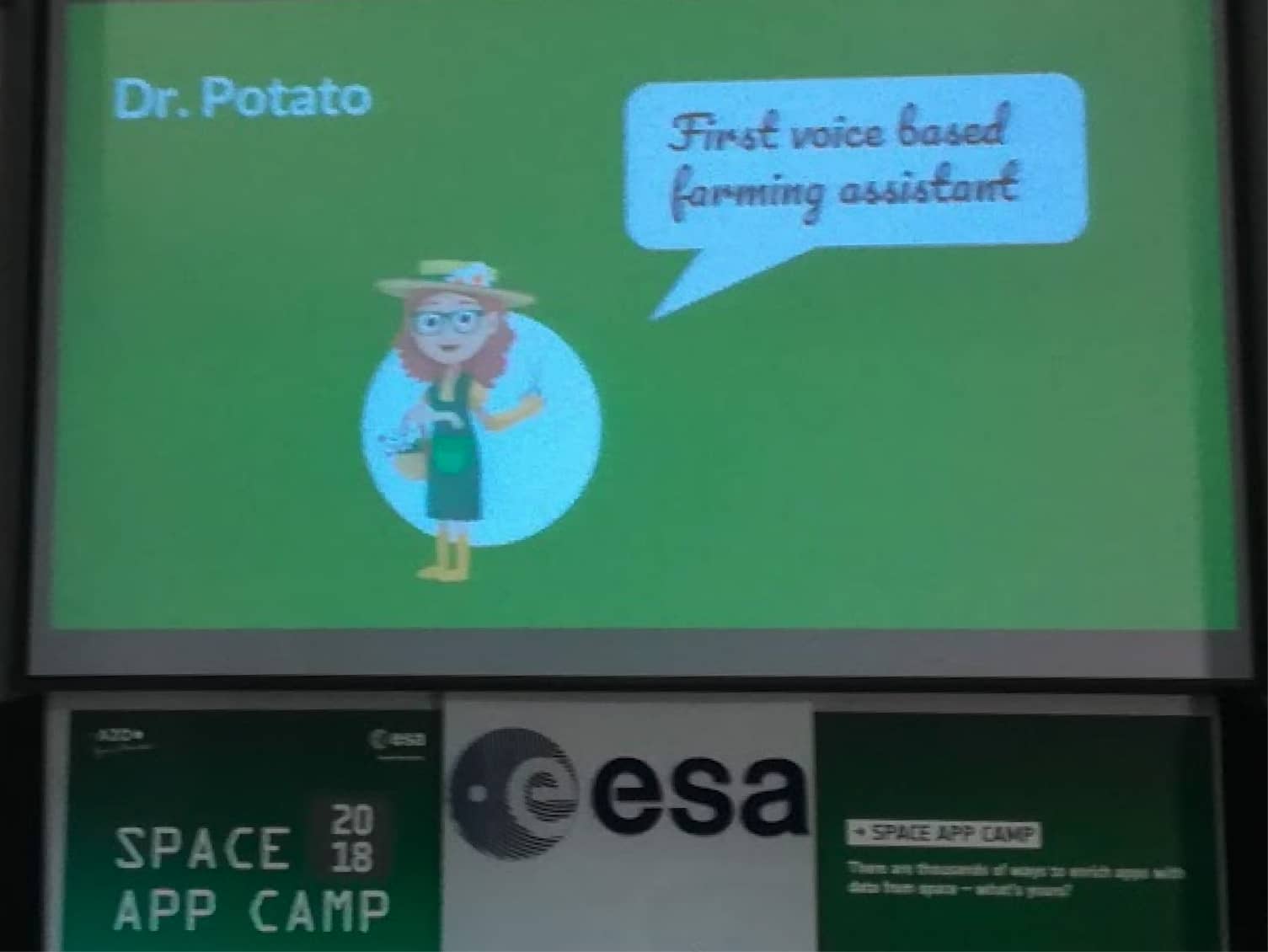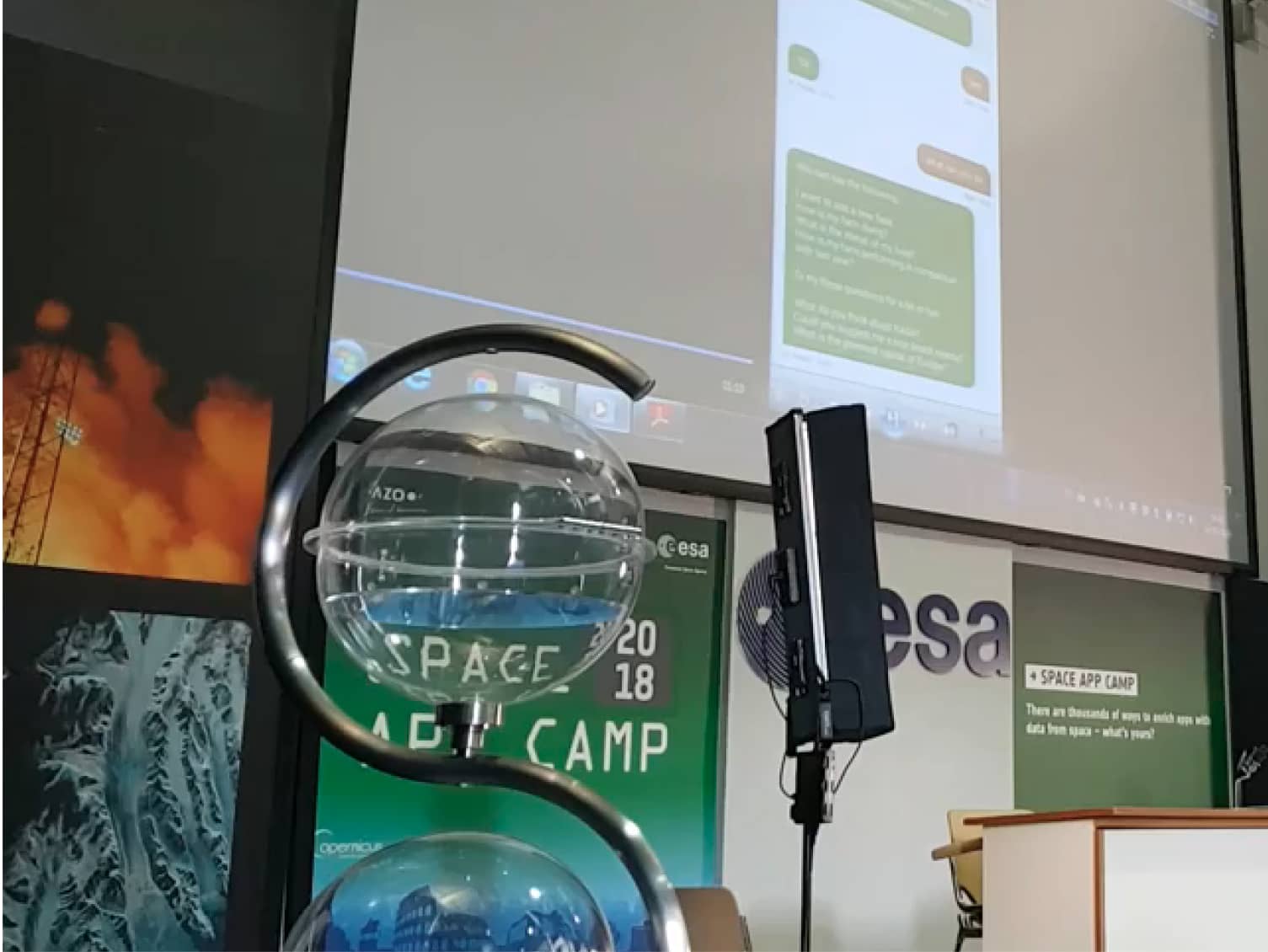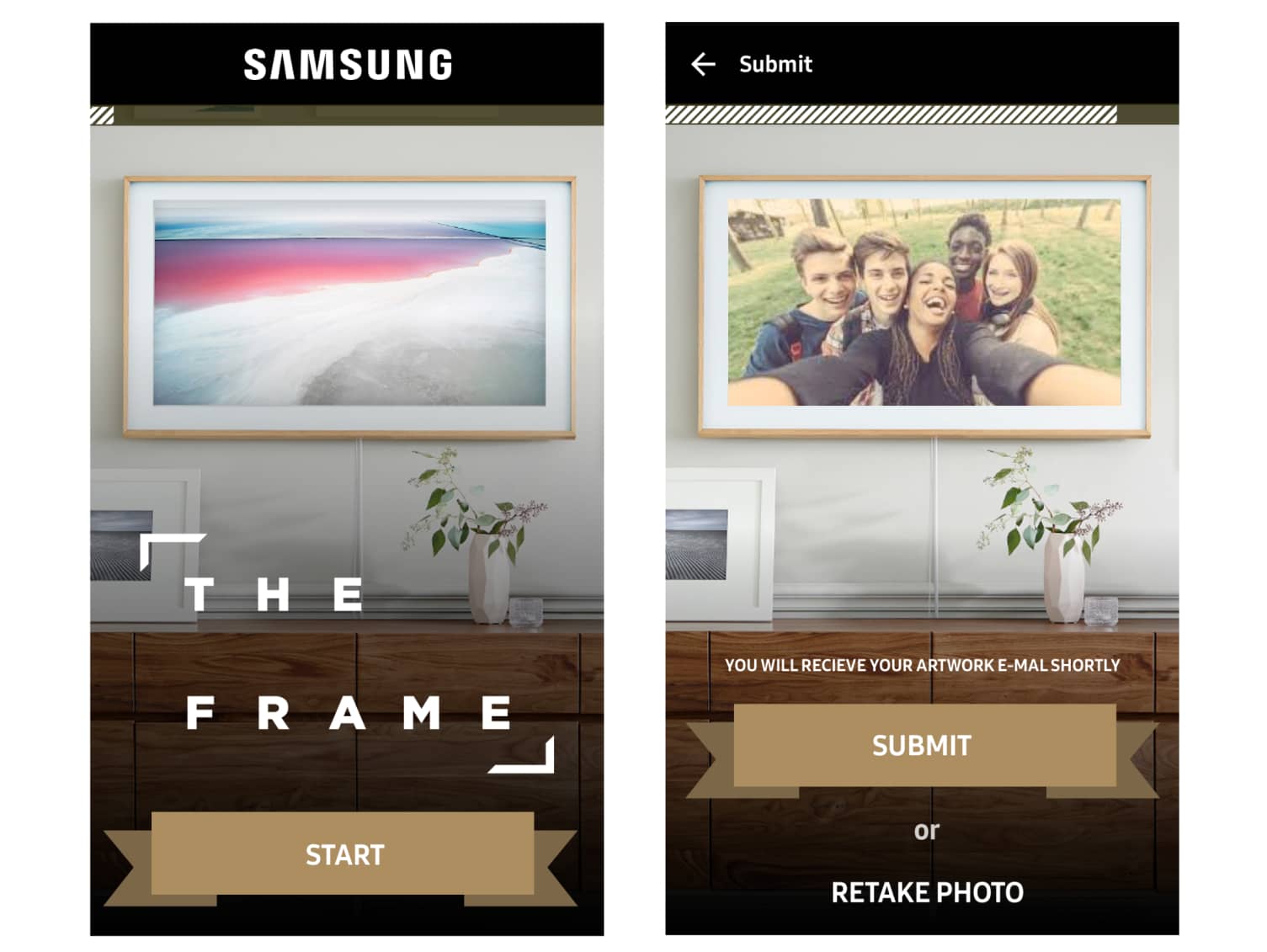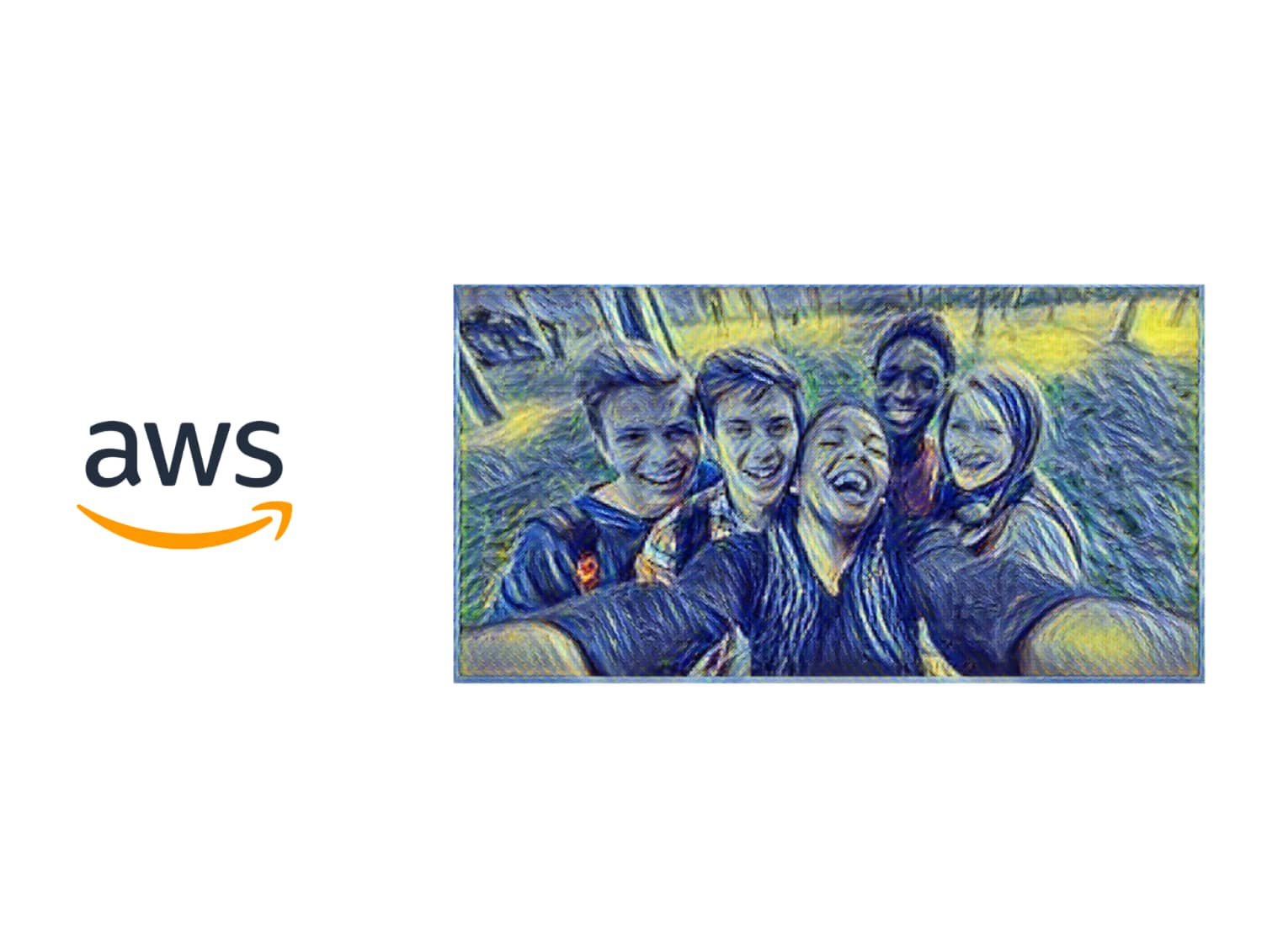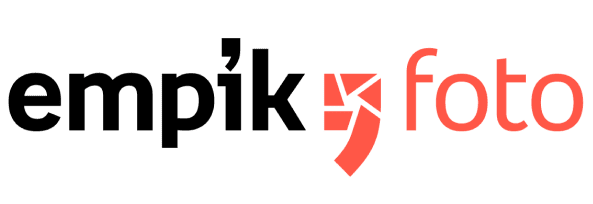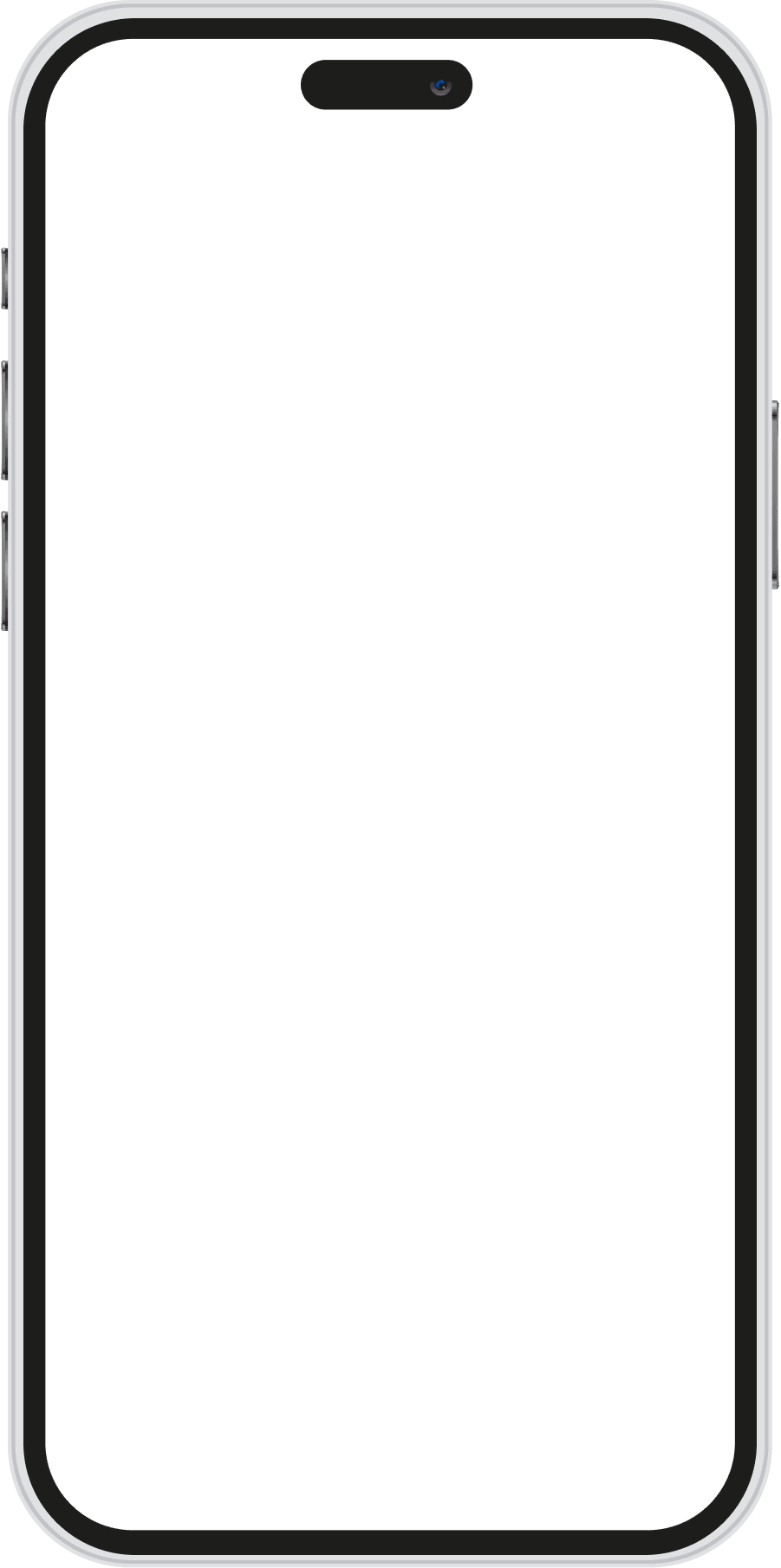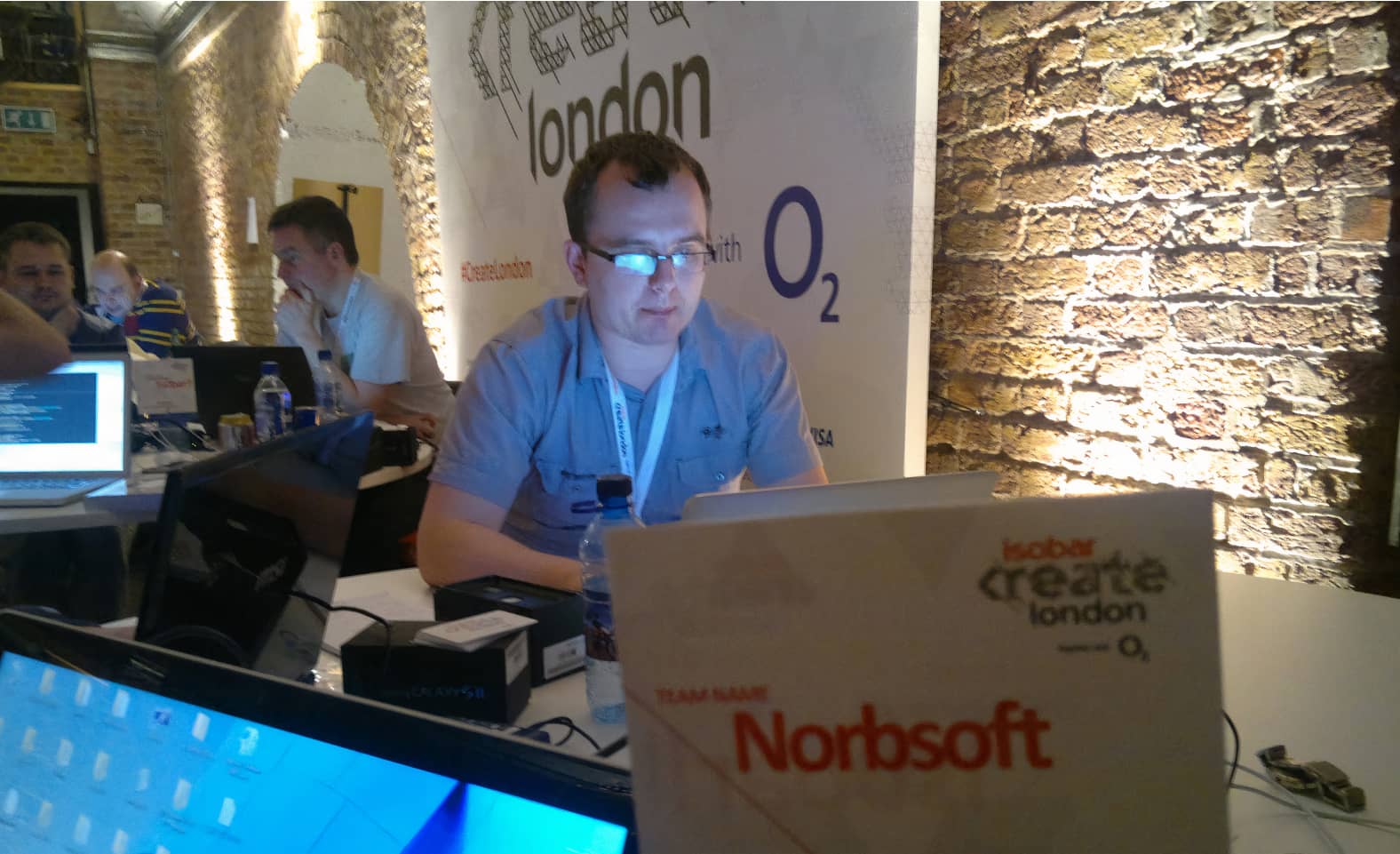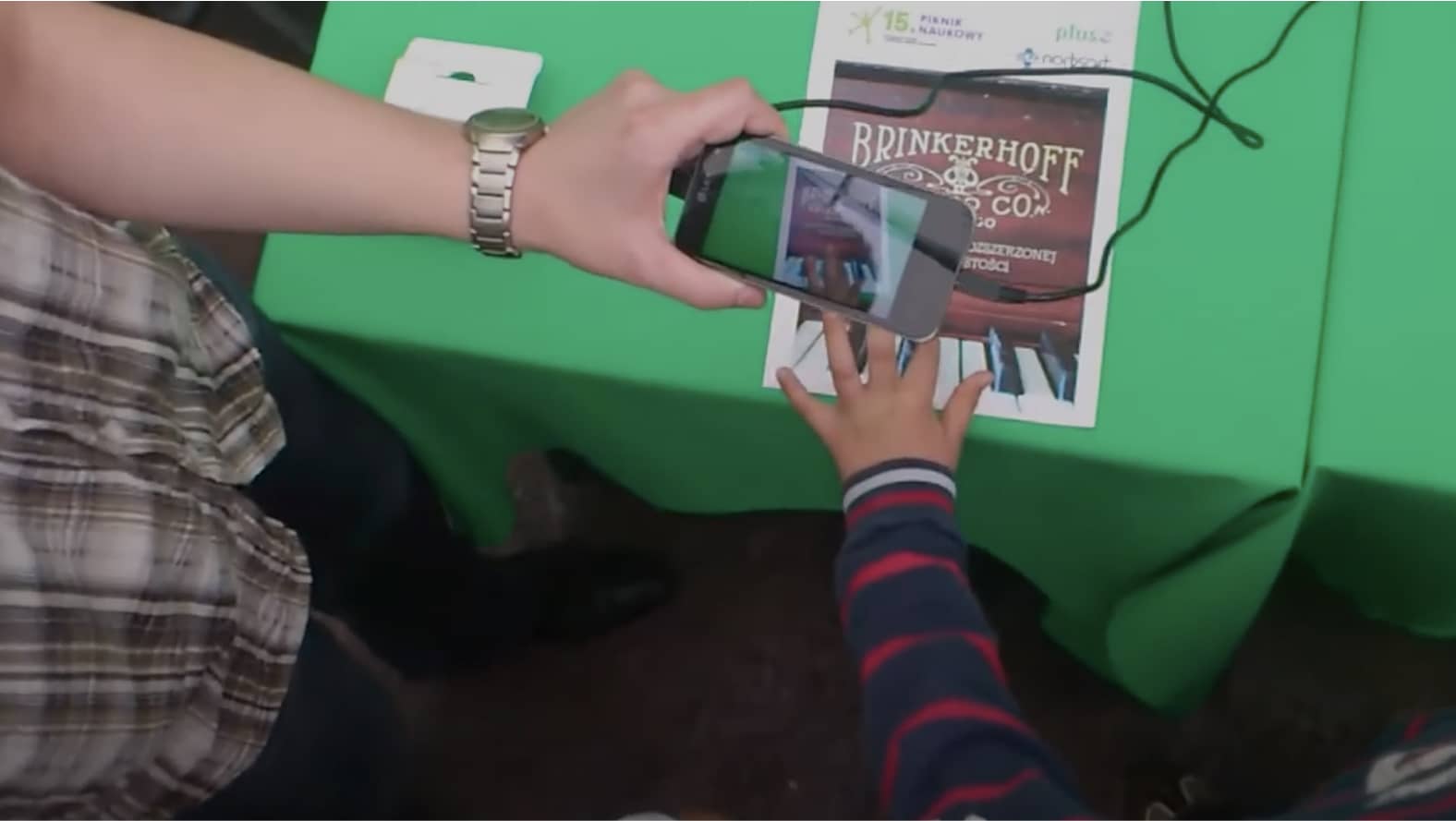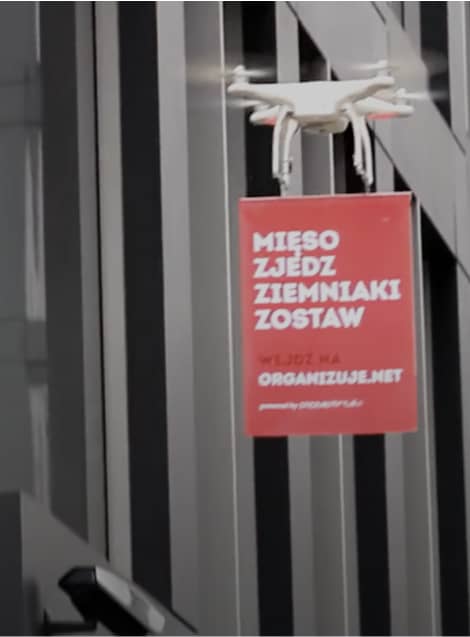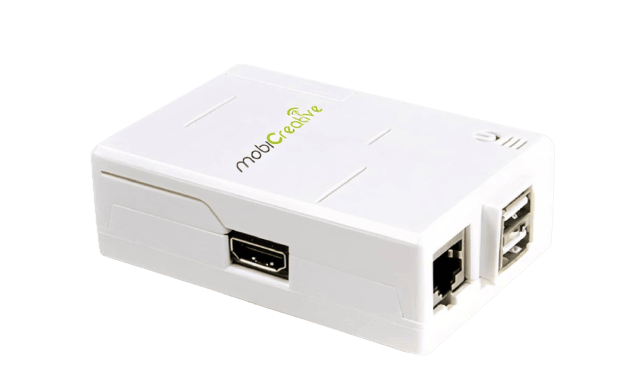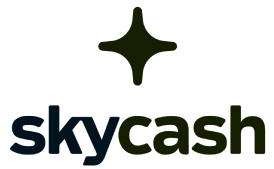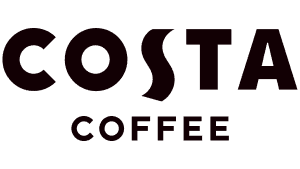ESA Space App Camp is one of the most interesting recurring international hackathons, organized by the European Space Agency - Centre for Earth Observation, based in Frascati near Rome. Norbsoft could not miss it. One of our representatives participated in one of the editions of this event.
The main theme of the event is the use of satellite data in mobile applications, acquired under the Copernicus program.
As part of an international, multidisciplinary team, a prototype of a farmer's assistant application based on a chatbot interface was prepared. After marking the location of their crops on a map, users could ask questions, both textually and vocally, and obtain necessary information.
For the conversational interface, Google Dialogflow was used, providing tools and algorithms for Natural Language Understanding (NLU), as well as the built-in Speech Recognition and Text-to-speech mechanisms in the Android system.
One of the functions was also the recognition of potential plant diseases based on photos of leaves taken using the application. The appropriate AI model was prepared using Tensor Flow with the Keras framework and then run directly on an Android phone using the TensorFlow Lite library.
The model was based on the Plant Village dataset, consisting of over 50,000 images of healthy and diseased plant leaves.
Information derived from satellite data was obtained using REST API and mobile Software Development Kit (SDK) Ramani, prepared by the Dutch Ujuizi Labs.

